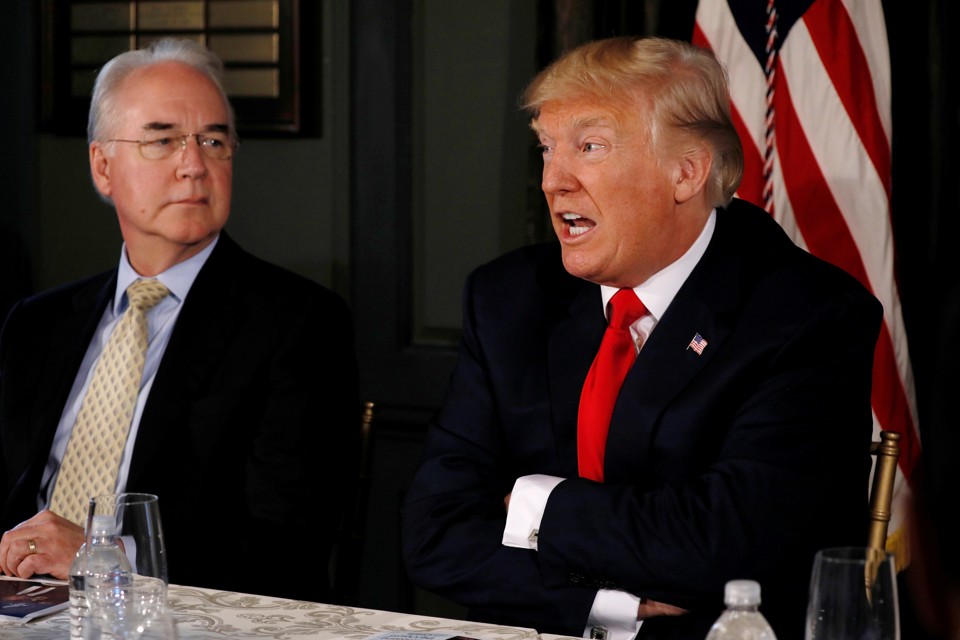 It’s been almost a year since the Indian National Defence University (INDU) bill has been drafted. Last year, on 5th August, the bill went online at MyGov.in and the website of Ministry of Defence for six weeks for public consultations. The draft bill proposed to establish a world class fully autonomous institution under Ministry of Defence.
It’s been almost a year since the Indian National Defence University (INDU) bill has been drafted. Last year, on 5th August, the bill went online at MyGov.in and the website of Ministry of Defence for six weeks for public consultations. The draft bill proposed to establish a world class fully autonomous institution under Ministry of Defence.
INDU is proposed to be governed by its own norms and will inculcate and promote coordination and interaction between the Armed Forces and other Government Agencies including friendly foreign countries.
The idea of National Defence University was conceived way back in 1967 by the Chief of Staff’s Committee. Fifty years have passed since then but the idea hasn’t been implemented yet. Though, the process of implementing the idea, itself has a long history. For nearly three decades after 1967, nothing much happened on this issue. It was only after the Kargil war in 1999 that this idea was taken seriously by the government. A committee on the National Defence University (CONDU) headed by the late K. Subrahmanyam was created. This committee (Kargil Review Committee) submitted its report in 2002 and provided the rationale for creating a National Defence University.












/arc-anglerfish-arc2-prod-mco.s3.amazonaws.com/public/NZLH4ZLOSFC2XHN33DBYFG2OCU.jpg)

/arc-anglerfish-arc2-prod-mco.s3.amazonaws.com/public/33NUQX54TBAR3BVUVDFJX7M4RA.jpg)
/arc-anglerfish-arc2-prod-mco.s3.amazonaws.com/public/D4ZD2G3SQFERNLQ6VTZV25MYDI.jpg)